Turf Installation Guide
Turf Direct
How to Install Your New Artificial Turf
When purchasing artificial turf from Turf Direct, you have the option to DIY the installation process or hire our professional installers to do the work for you. If you'd prefer to DIY the installation process, simply follow the steps below! In the meantime, give us a call or text to discuss your artificial turf needs. We'd be happy to schedule a free consultation and provide you with a free estimate.
Don't want to do the installation yourself? We have the resources and connections to meet your needs, timeframe, price, and quality of work. Contact Turf Direct today to learn more about our list of turf installation contractors and their installation rates.
Step 1: Remove the Grass
It’s time to remove the lawn that has caused you so much frustration over the years! The water bills, brown spots, mowing, and mud; say goodbye to it all! We recommend removing four inches of your existing lawn or base. Keep in mind that soil builds up fast, so we recommend having a dump trailer on site.
Ensure that you take the proper measurements to dispose of your existing base properly. You can check your local city’s website for information on how to properly dispose of your soil. If this seems like too much work? We have exclusive synthetic grass installation professionals with the right equipment and tools to make sure your project is done properly.
Step 2: Add the Base
Evenly spread 3 inches of class 2 road base (or similar) where you will be installing your artificial grass. The class 2 road base will make it easy to create a level platform with proper drainage. In most cases, we recommend using gopher wire and weed barrier to prevent vegetation and pests from sprouting through your new yard. Do not use wee barrier if you have pets. Lightly wet the area and go over it with a compactor until you achieve a smooth surface.
Step 3: Lay the Turf
Roll out your new artificial grass and be careful not to drag your turf across your freshly prepared base. It is best to allow your turf to sit in the sun for 30 minutes to an hour to let it expand prior to installation.
If you are working with multiple rolls, it is very important that the blade direction and stitch patterns are facing the same way. Crossing blade directions will result in poor appearance. Carefully nudge and move your artificial grass into the proper position. Wear knee pads to protect your knees and shins while manipulating the turf. A carpet kicker will come in handy to stretch and maneuver the turf.
Step 4: Cut the Turf to Fit
Now it is time to make the appropriate cuts. We recommend using a box cutter or carpet knife. All cuts should be made from the back of the synthetic grass so you can see the stitch rows. When making the cut leave 1/4’’ to 1/2’’ of turf over the edge of your border. This will help with the finishing touches at the end of your project. If you are working with multiple pieces of synthetic grass, this is the perfect time to secure your seams with seam tape and glue.
Be sure that the blades of your turf are laying the same direction when seaming and that the space between each stitch row matches. Place the red line of your seam tape down the center of the seam and make an “S” pattern with your glue on each side of the red line. Move the turf into place and let the glue set for 15 minutes. Helpful tip: you can place your infill bags evenly on the seam to enforce contact with the seam tape.
Step 5: Secure Turf to Perimeter
Time to secure your artificial grass to the ground. Start by tucking the 1/4’’ to 1/2’’ edge you left into the border with a metal putty knife and hammer. We recommend using 40-D 5’’ non-galvanized turf nails or staples. Using a hammer, gently tap the nail or staple until it pierces the backing. Disperse the turf blades with fingers and drive the nail or staple into the ground.
A nail or staple should be placed every 6 inches along the outside perimeter and every 2 feet on the inside areas. Be sure to reinforce your seamed areas with a few nails or staples. We recommend brushing turf with a power broom or push broom before adding infill. This will help get the blade memory vertical.
Step 6: Spread the Infill
It is extremely important that you meet the proper infill requirements for the turf system you have purchased. The proper amount of infill will affect the appearance, performance, and life span of your artificial grass. Please ask your sales rep about the infill requirements for your specific product.
There are many different types of appropriate infills that may be used. Options include acrylic coated sand, zeolite, silica sand, and crumb rubber. We recommend using a drop spreader to evenly disperse the proper amount of infill.
Step 7: Brush the Infill
Once the infill has been placed, use a power broom or another stiff bristled broom to brush the turf. This will assist the turf blades in standing straight up and make your new artificial lawn look like freshly mowed grass. Repeat the process until your infill is spread evenly and your seams disappear.
Brushing up your turf blades will be the only quarterly maintenance. We recommend outside of proper sanitation if you have pets. Once the infill has been placed, brush against the grass blades to get the blades standing. Lastly, rinse the grass of all remaining dust and infill.
serving area
St. George, UT
Southern Utah
Arizona
Nevada
and surrounding areas
Business Hours
- Mon - Fri
- -
- Sat - Sun
- Closed
Walk-ins are welcome. Same-day appointments are available.
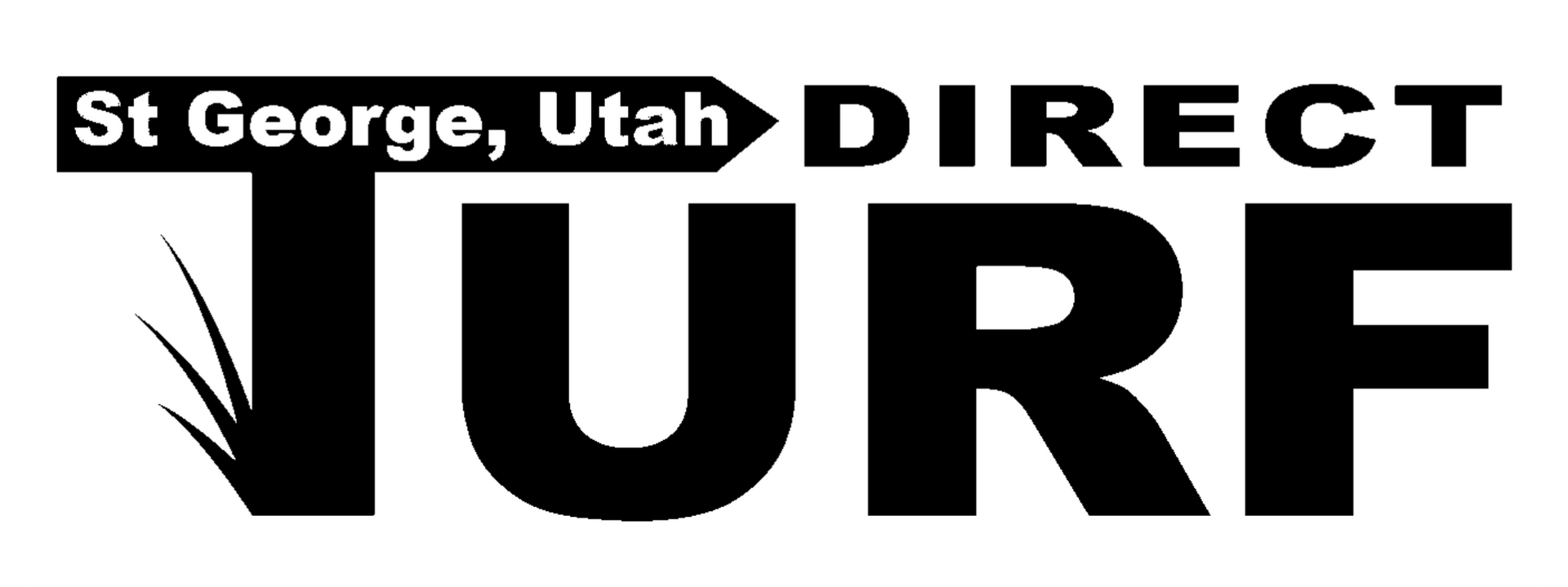
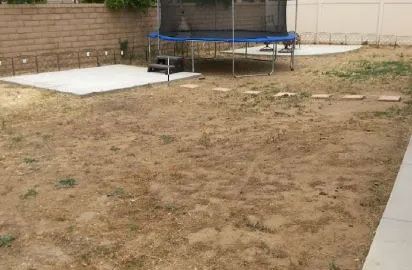
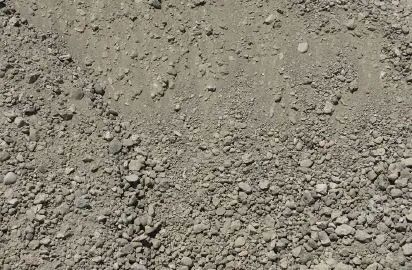
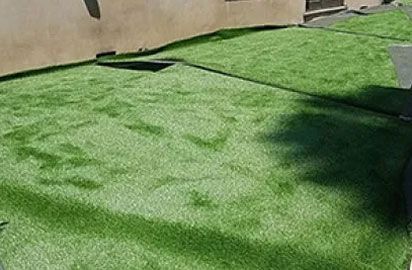

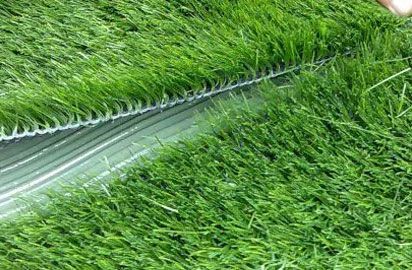
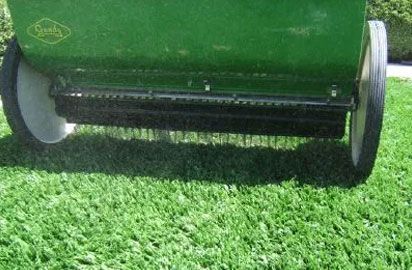
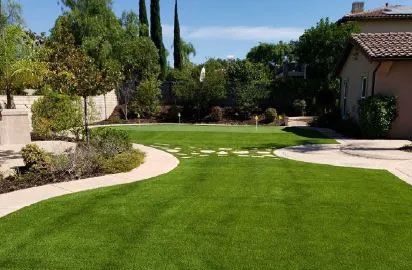




Share On: